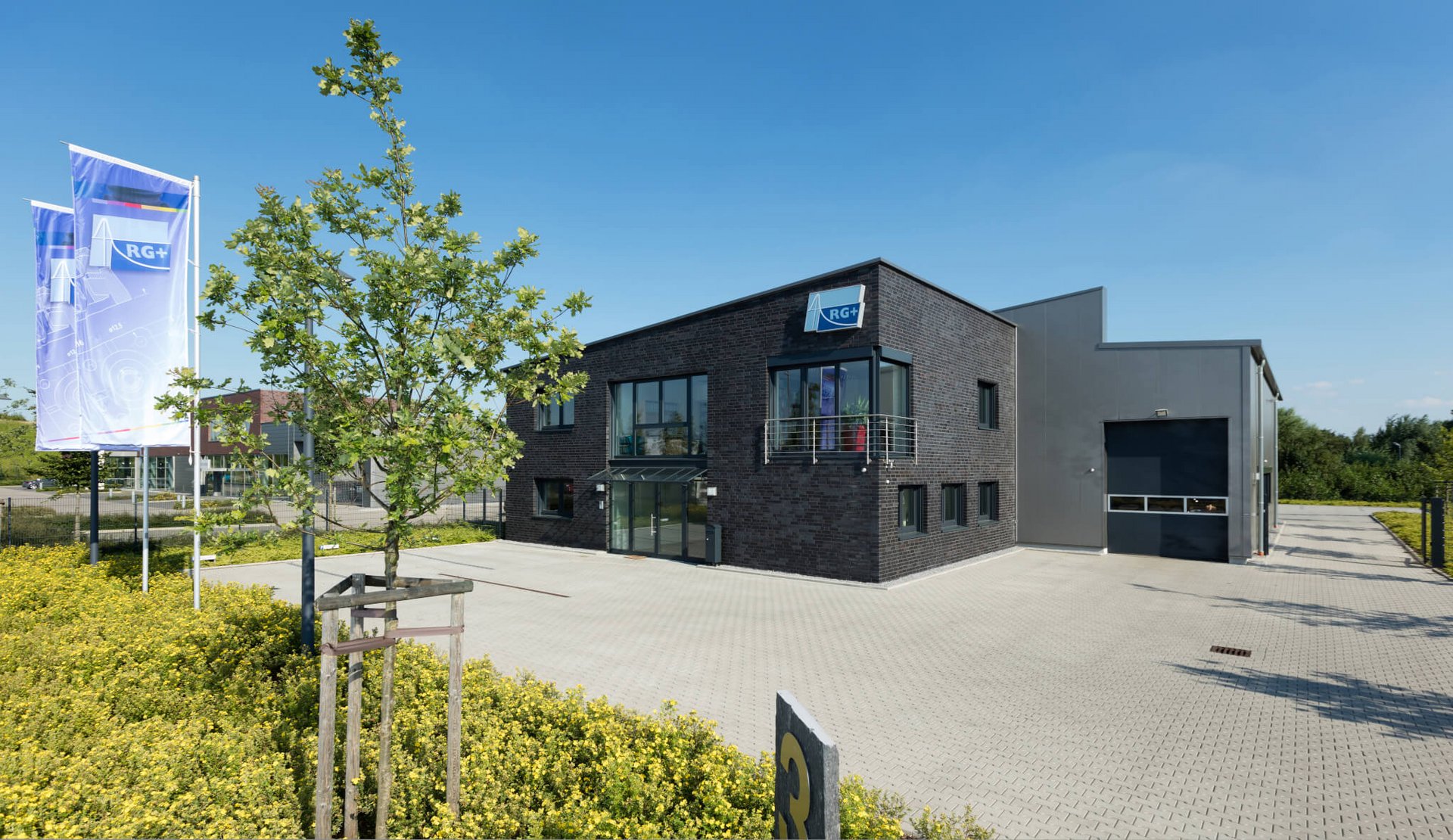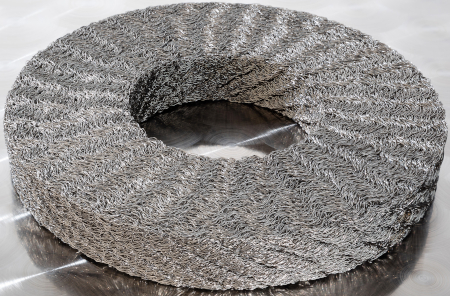In one of our previous blog posts, we already discussed the possible uses of vibration dampers in industry. We focused primarily on shipbuilding and general mechanical and plant engineering. It was recognized that the requirements for decoupling elements are quite different for stationary and transient applications, and the design criteria differ. The same applies to the areas addressed as examples in this article.
Plant engineering primarily involves stationary processes, which make the use of spring isolators possible. Their application ranges from small, decentralized modules to large units in power plant construction. Protecting plant components with vibration dampers is particularly recommended in the decentralized area of combined heat and power generation. A distinction must be made here between source and receiver isolation, which is also reflected in the different mounting elements. Overall, this field is the largest and covers our entire product range of vibration dampers, so much so that we can anticipate.
Rail vehicle construction, on the other hand, is again heavily dominated by transient applications. Consequently, spring elements are used almost exclusively here. Pure damping systems in various variations serve to provide passengers with the greatest possible comfort and protect the installed components from high loads, thus increasing their service life. The damping cushion made of stainless-steel wire forms the basis for all types of bearings used.
The following examples are intended to give you an insight into which element is suitable for which application in each market but read for yourself.
Energy and plant engineering
Energy technology and plant engineering, with their diverse range of possible applications, are among the largest fields to be addressed. Applications here range from source insulation of CHP modules and receiver insulation of the entire plant periphery to the stabilization of piping systems for both exhaust gases and coolants. As already described, a variety of different support elements are used, always depending on the specific installation situation.
CHP modules/ engines
Units for decentralized energy generation are usually delivered and mounted on machine feet or complete damping mats. This works very well and, in many cases, requires no further consideration. Mounting using spring isolators can still be considered in this area, especially when high insulation is required. At this point, the design should particularly consider the weight, including the center of gravity of the unit, and the existing interference frequencies in the system. From this, the desired deflection and the degree of insulation can be calculated, among other things. This also directly eliminates the potential hazards of working in the resonance range.
Heat exchanger/ silencer/ catalysts
When talking about combined heat and power (CHP), this component constellation is unavoidable. Likewise, protecting these elements from external interference is unavoidable. Unlike the upstream engine unit, multidirectional dampers are often used here because, among other things, they can absorb thermal expansion very well. Since they are inherently harder than spring elements, there are no problems with the weight distribution of the components. Because the stainless-steel mesh used operates consistently even at high temperatures, there are no problems with the applied temperatures. Whether on a steel structure or a stable concrete foundation, compression-tension elements from the GDZ series protect your application from external interference.
Piping sections
Fixed or floating points, thermal expansion in the axial direction, an intermediate compensator, and a multi-level run. Regardless of what needs to be conveyed, leaks in pipelines induced by emerging stresses are usually unsightly and costly. This is precisely why pipeline runs should be protected against these influences. This is achieved with the help of our multidirectional dampers, which, when combined with GAB series guy supports, offer an excellent solution for the elastic support of entire pipeline sections. These damper types allow for a well-coordinated combination of fixed and floating points, which, with additional compensators, optimally protects your system from internal stresses.
Pump skids
While we've already discussed pipelines and their layouts above, the first and foremost requirement is obviously the appropriate conveying technology. In addition to a suitably designed foundation (ideally designed with a factor of 2x mpump), mounting with spring isolators is a very good solution for isolating the vibration resulting from the pump speed.
Cooling units
Complete units of chillers or cooling units are also increasingly coming into focus. These are usually equipped with compressors, which transmit vibrations both within the circuit itself and to the environment via the frame. Here, too, the best solution is to mount them using spring elements, which, depending on the application, are provided with damping materials such as a viscous medium or a wire mesh. Like the design of CHP modules, the overall weight of the unit in relation to its center of gravity must be taken as the basis. The interference frequencies resulting from the installed components must also be considered.
Rail-vehicle construction
The last sector we would like to address here is rail vehicle construction. Due to the very high demands placed on vibration dampers, particularly in terms of resistance to tear-off, especially due to radial forces, spring isolators are not suitable for this sector. Since the installation spaces are often very small and inaccessible, a long service life of the elements is required. Annual replacement is often not desirable. This is precisely the reason why vibration dampers with built-in wire mesh are becoming increasingly popular. Below you will find some examples of components for which we have already successfully mounted vibration-isolating mounts.
Tank systems
Tank systems have been successfully supported with wire mesh for years. The reasons for this are fourfold and cover almost all the advantages of these damping elements. Firstly, there is a high resistance to pH-non-neutral substances. Should leaks occur in tank systems, the vibration dampers are not damaged by any escape fluids. Another aspect is the low additional deflection under high loads. This means there is only a small difference in deflection between a full, empty, or even half-filled tank system. No connections are therefore not subjected to excessive stress. A third major advantage is the longevity of the dampers, as already mentioned in the introduction. Tanks are often integrated into built-up spaces, and replacing the vibration dampers would be associated with a significant time and logistical effort. This is eliminated here.
Periphery
To make a long story short – in addition to the tank systems described above, many other components on the train's periphery can be decoupled using vibration dampers. These include cable ducts, fans, transformers, or simple safety plates. In new-generation rail transport, battery racks should also be protected from harmful external vibrations.
In the two industries described above, it is also evident that a wide variety of plant and component components can be protected from external influences through properly coordinated mounting. Proper mounting can also protect your personnel and other plant components from unwanted vibrations.
Mounting can be best coordinated when it is done during the project phase. Modifying an existing system can sometimes be time-consuming and expensive. You are always welcome to contact us.
Bochum, 04/04/2025


